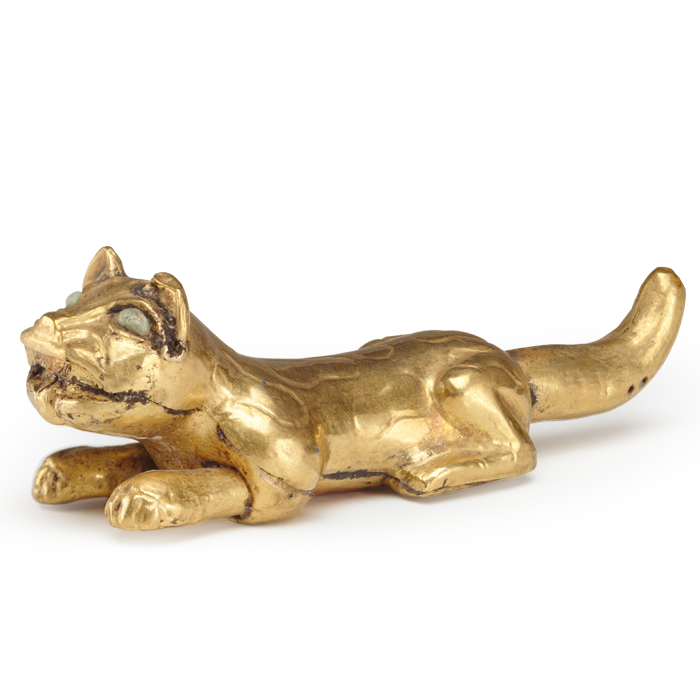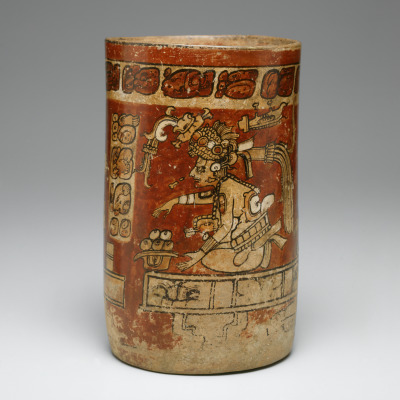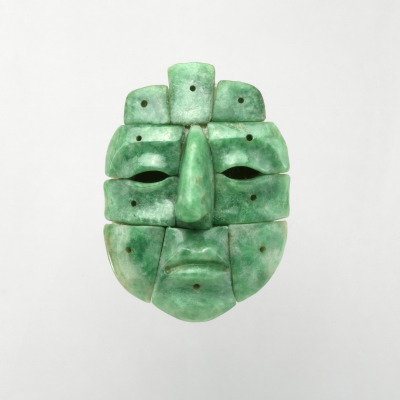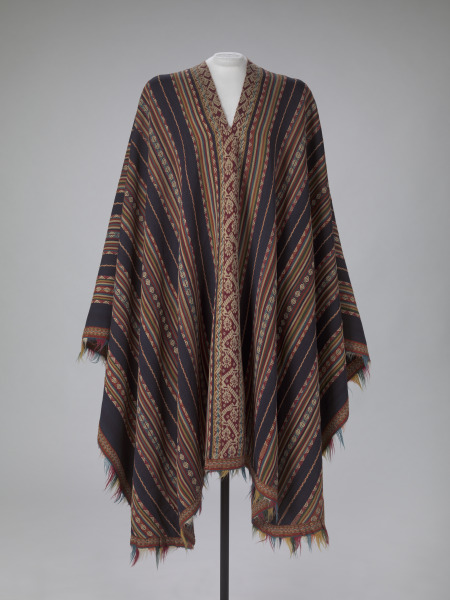Ancient American Metalwork
Throughout Ancient America, gold and other precious metals were considered sacred substances, symbolic of the sun, light, heat, and celestial power. When adorned with gold jewelry, the wearer personified the powers associated with the material, in effect becoming a golden person. Earrings, nose clips, and pectorals in geometric forms and figurative pendants and broaches in the shape of sacred creatures like bats, frogs, and jaguars were worn as decoration or included as offerings in burials or at shrines. Gold was also used for weapons and other ritual objects such as mace heads and ceremonial knives (tumi).
See More


































